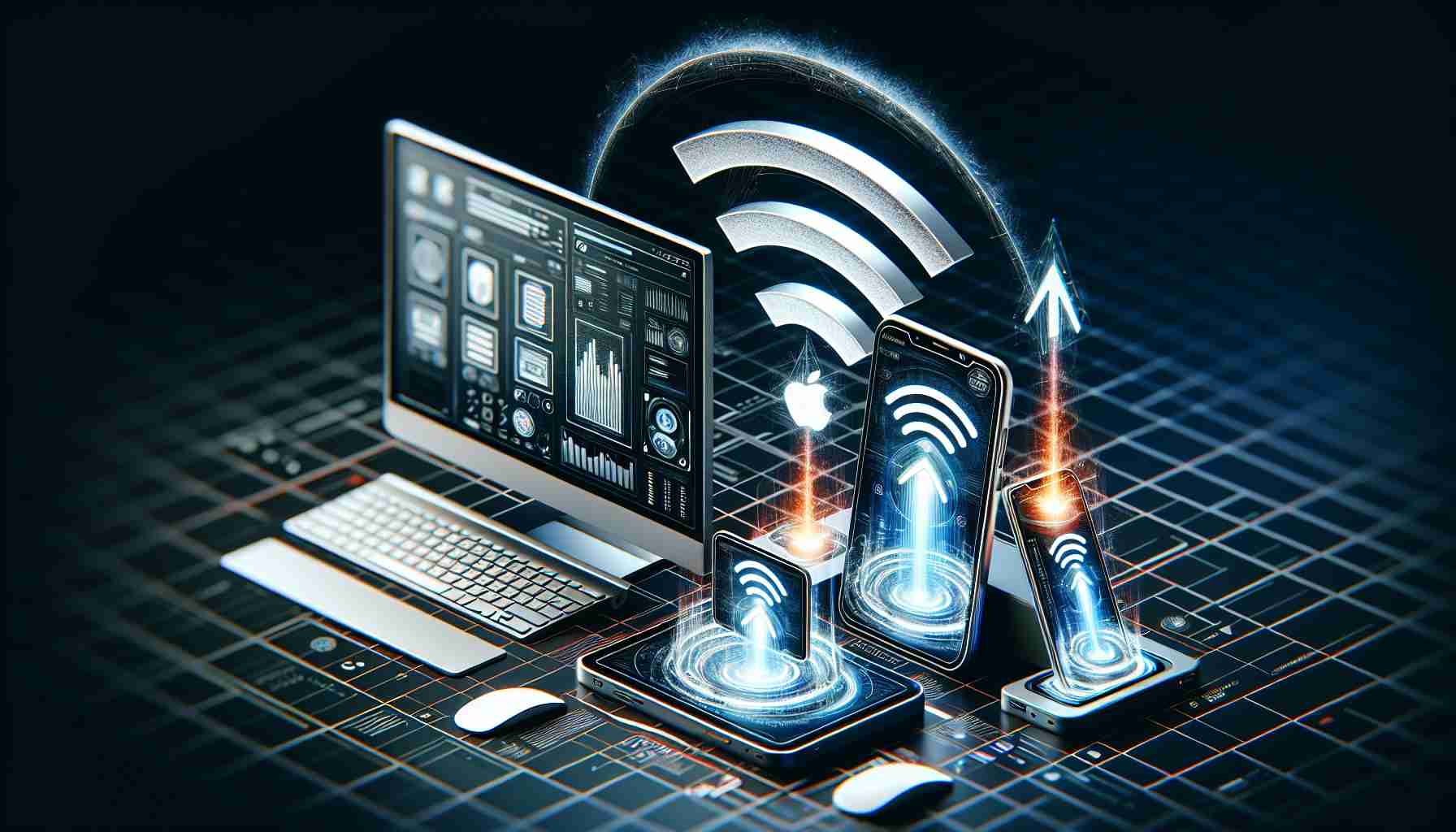A leap forward in device connectivity is on the horizon for users who leverage the Smartphone Link program to merge the functionalities of their Windows computers with their smartphones. This app has long been favored for allowing seamless integration, providing real-time synchronization of notifications, texts, and phone calls across devices.
However, what has been missing thus far is the ability to wirelessly access smartphone data through the PC’s file explorer—a limitation poised to change. The latest whispers suggest that an update to Smartphone Link will soon introduce a feature enabling users to browse their phone’s contents wirelessly in the Windows File Explorer. This functionality has emerged in the form of a switch within the application’s early versions.
This development belongs to a broader series of enhancements brought about by the Cross Device Experience Host’s most recent update. It continues the trend set by the previous upgrade, which permitted Windows 11 users to control their smartphone’s camera directly from their PC.
While the feature’s official release date remains under wraps, its potential has excited users. A Social media user unveiled a hidden toggle within the application. The feature’s anticipated convenience holds promise for a future where the unification of our devices becomes more intuitive and cable-free.
Questions and Answers:
What is the Smartphone Link program?
The Smartphone Link program is an application that allows seamless integration between a user’s Windows computer and their smartphone. It provides real-time synchronization of notifications, texts, and phone calls across devices.
What update is rumored to be coming to the Smartphone Link?
An update to the Smartphone Link program is expected to add a feature that will allow users to browse their phone’s contents wirelessly in the Windows File Explorer.
What are the broader implications of these updates?
These updates are part of a larger push toward enhancing the cross-device experience for users, making it more intuitive and cable-free. Such initiatives are part of the ongoing convergence between PCs and smartphones.
Advantages and Disadvantages:
Advantages:
– It increases convenience by allowing users to manage their smartphone data from their PCs without the need for cables.
– Enhances productivity, as users can quickly access their files across devices.
– Reduces clutter and the need for physical connectivity options.
– Could potentially improve security with encrypted wireless data transfer.
Disadvantages:
– Wireless connections could be less reliable or slower than wired ones.
– There may be concerns about data security over wireless connections.
– This feature could be limited to certain phone models or operating systems, thereby excluding some users.
– Users may face challenges with compatibility and initial setup.
Key Challenges and Controversies:
– Compatibility: Ensuring the feature works seamlessly across various devices and operating systems can be challenging.
– Security: Providing secure connections that protect user data during transfer.
– Reliability: Maintaining consistent and stable connections between the devices without interruptions.
Related Links:
– For updates on the Windows operating system and related features, visit Microsoft.
– Information on smartphones can be found on vendor-specific websites such as Apple for iPhones or Samsung for Android devices.
These links can provide you with official information and updates regarding the various operating systems and devices which could be affected by advancements in PC-to-smartphone integration.
